Our colour and writing products are manufactured in our workshops in Geneva since 1915.
- FREE ENGRAVING UNTIL MAY 11, 2025 INCLUDED ON OUR HAUTE-ECRITURE COLLECTIONS.
- FREE GIFT WRAP AND PERSONALIZED MESSAGE. FREE DELIVERY ON ORDERS OVER $199.
OUR GUIDE TO DRAWING WITH GRAPHITE PENCILS
Graphite pencils have existed since the 16th century when they quickly became an essential supply for artists. Appreciated for their clean lines and shadows that range from pale grey to deep black, graphite pencils are ideal for sketching or more detailed drawings such as portraits.
Would you like to perfect your technique when it comes to drawing with graphite pencils? Or maybe learn more about this tool that brings together precision and creative freedom? Follow our guide that will help you master the art of drawing with graphite pencils, from basic techniques to the choice of supplies.
Would you like to perfect your technique when it comes to drawing with graphite pencils? Or maybe learn more about this tool that brings together precision and creative freedom? Follow our guide that will help you master the art of drawing with graphite pencils, from basic techniques to the choice of supplies.
CHOOSING THE RIGHT GRAPHITE PENCIL
Understanding the different grades (H, HB, B)
● H (Hard): Hard pencils, such as 2H or 4H, produce fine lines that are lighter in colour. They’re perfect for precise sketches or technical drawings where precision and details are key. The hard lead leaves less graphite on the page, making these pencils perfect for work that needs fine and delicate lines.
● HB (Hard Black): HB pencils are an excellent compromise between hard and black pencils. Versatile, they’re just as adapted to sketches as they are to more detailed drawings. Artists often use these pencils when they start drawing.
● B (Black): The softer the pencil’s lead, the more graphite it will leave on the paper. The softer pencils such as 2B, 4B or 6B are ideal for playing with shadows and textures. They’re particularly adapted to realistic and expressive works, leaving intense black lines and strong contrasts.
● HB (Hard Black): HB pencils are an excellent compromise between hard and black pencils. Versatile, they’re just as adapted to sketches as they are to more detailed drawings. Artists often use these pencils when they start drawing.
● B (Black): The softer the pencil’s lead, the more graphite it will leave on the paper. The softer pencils such as 2B, 4B or 6B are ideal for playing with shadows and textures. They’re particularly adapted to realistic and expressive works, leaving intense black lines and strong contrasts.
The right pencil according to the type of drawing
● For quick sketches, opt for hard pencils (H) that leave light lines that are easy to erase.
● For more detailed drawings, a HB graphite pencil or a slightly soft one (2B) is a good compromise, allowing you to draw clear lines but still offering some flexibility.
● For portraits or realistic drawings, opt for soft, black pencils (4B to 8B) to create strong contrasts and deep shadows.
Try combining different types of graphite pencil in the same drawing. Harder pencils are perfect for delicate lines and precise outlines, while softer pencils are perfect for filling darker areas and shading.
CHOOSING THE RIGHT PAPER FOR DRAWING WITH A GRAPHITE PENCIL
● Cartridge paper (fine grain): this type of paper has a smooth and regular surface which is ideal for detailed and precise drawings. Its texture is perfect for drawing fine lines and subtle shadowing. It’s often the paper of choice for sketching and technical drawings.
● Medium-grain paper: this paper is slightly textured and has more tooth so the graphite adheres better, allowing you to create effects of depth and relief. It’s perfect for more expressive drawings and layering shades of grey.
● Coarse or rough-grain paper: this type of paper has a rough surface and visible texture which is ideal for creating textured effects. It’s perfect for artistic drawings with an emphasis on the contrast between light and dark areas. It can however make drawing precise details challenging.
Absolutely yes! Graphite pencils can be used to great effect with other media such as ink, watercolour or charcoal drawing. You can for example use graphite for the sketches and precise details, then add touches of watercolour to add colour and depth. Ink emphasises outlines and can be used to add contrast.
● Medium-grain paper: this paper is slightly textured and has more tooth so the graphite adheres better, allowing you to create effects of depth and relief. It’s perfect for more expressive drawings and layering shades of grey.
● Coarse or rough-grain paper: this type of paper has a rough surface and visible texture which is ideal for creating textured effects. It’s perfect for artistic drawings with an emphasis on the contrast between light and dark areas. It can however make drawing precise details challenging.
🖍️ Is it possible to combine graphite pencils and other media?
Absolutely yes! Graphite pencils can be used to great effect with other media such as ink, watercolour or charcoal drawing. You can for example use graphite for the sketches and precise details, then add touches of watercolour to add colour and depth. Ink emphasises outlines and can be used to add contrast.
ESSENTIAL TECHNIQUES FOR DRAWING WITH GRAPHITE PENCILS
Basic techniques: lines, hatching and cross-hatching
If you’re just starting out drawing with graphite pencil you must first learn to trace simple lines: the lighter they are, the easier they are to correct. Hatching is a technique that allows you to create texture and shadows by drawing parallel lines that are more-or-less close together. With cross-hatching the lines intersect, and you can vary how dark the shades of grey are, creating effects of depth. Hatching is perfect for soft shadows while cross-hatching will emphasise contrasts.
Gradient shading
Gradient shading involves varying the pressure exerted on the pencil which results in a wide range of tones, from the lightest grey to the deepest black. By exerting more-or-less pressure, you will create light or dark effects which will make your drawings more realistic and provide depth. Remember to build up light layers to make your drawing look realistic.
Blending
Blending allows you to soften the transitions between light and dark areas. By using a blending stump or your finger you can blend the shadows together which will have a more natural effect and seamless gradients. Just make sure you don’t over-blend as you’ll lose the details and texture in your drawings.
Adding contrast and depth
Adding contrast brings depth to your shapes. By playing with the differences between light and dark areas you create the illusion of depth and perspective. Choose an object (such as a cube or an apple) and work on the shadows and light effects to emphasise three-dimensionality and give depth to your drawing.
Use a precision eraser or kneaded rubber to intensify the light areas and emphasise contrasts. By removing the graphite in some areas, you create reflections or lit areas which defining the impression of depth and emphasising the contrasts in the drawing.
TECHNALO GRAPHITE PENCIL: BRINGING LIFE TO YOUR DRAWINGS
If you’d like to pursue and develop your skills when it comes to drawing with a graphite pencil, the Technalo range is made for you. This pencil reacts with water to produce watercolour effects while preserving the intensity and depth of the graphite. With the Technalo RGB set, you can widen your experience: these graphite pencils contain red, green and blue pigments to give you the opportunity to create colourful works full of contrasts. Follow the artist JP Kalongi’s tips to make the most of the Technalo range.
🖍️ Perfect your drawing skills with the Creative Class by Caran d’Ache and follow drawing and painting classes facilitated by professional artists. You’ll be able to learn new artistic techniques step-by-step and improve your technique over time.
Free from 199$ purchase.
Possible return under 14 days.
Possible return under 14 days.

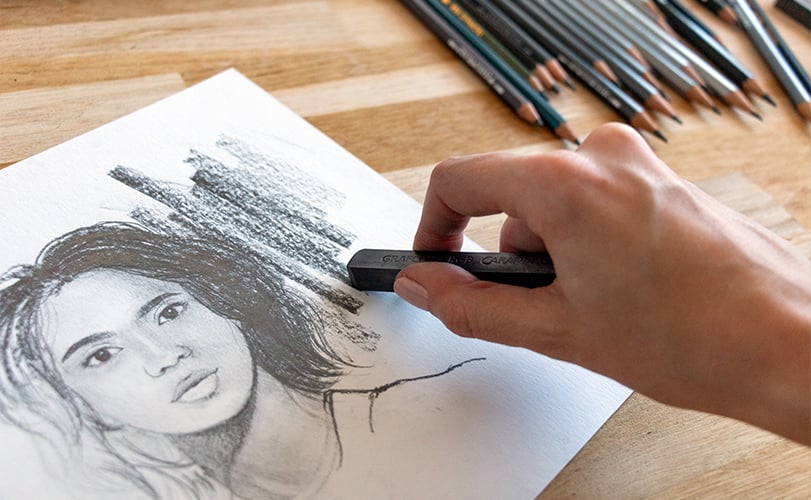
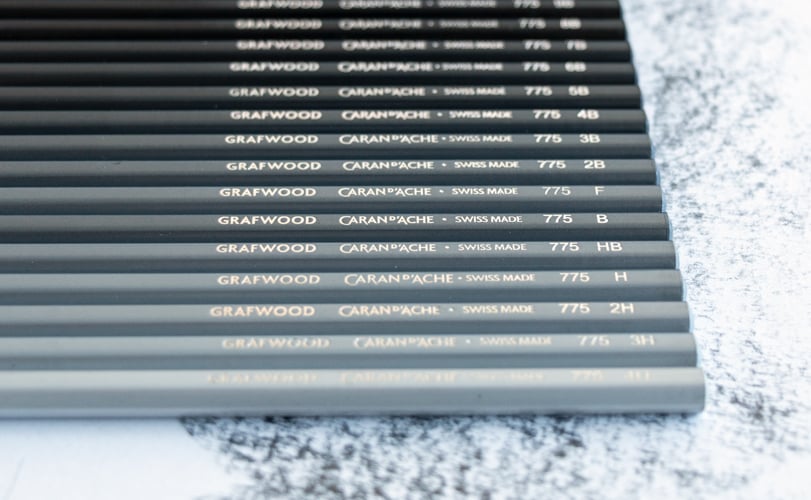
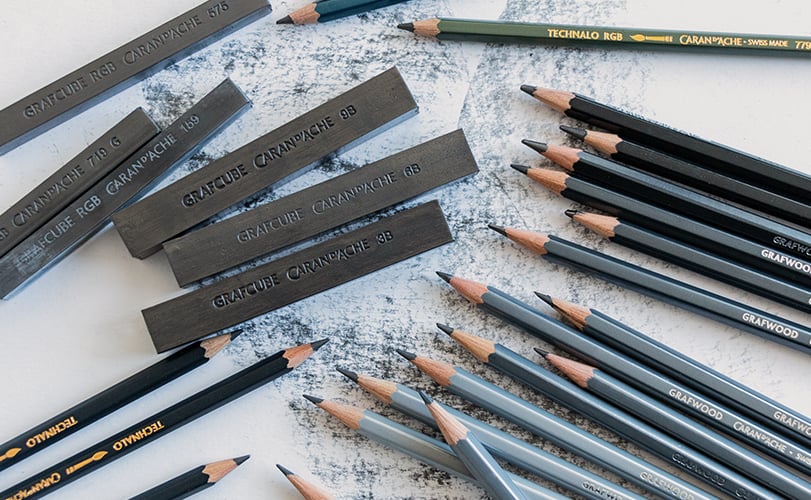
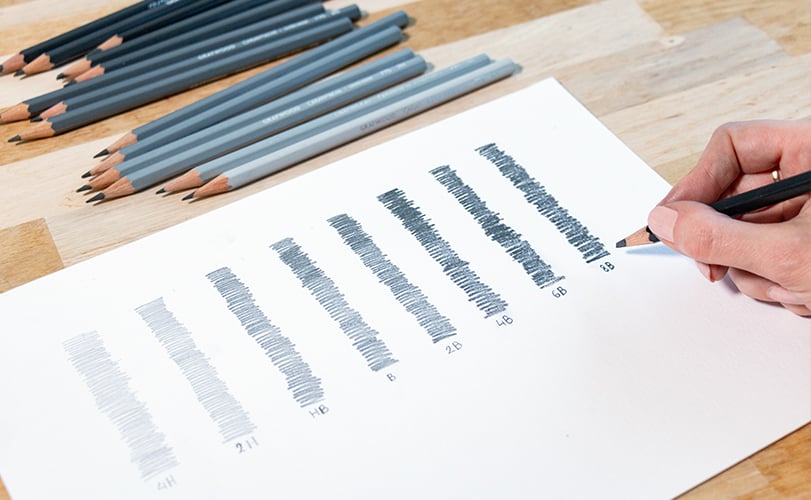
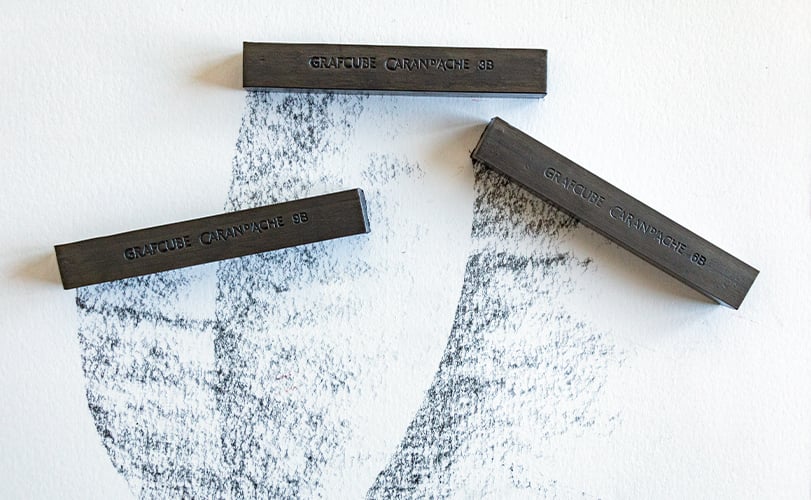
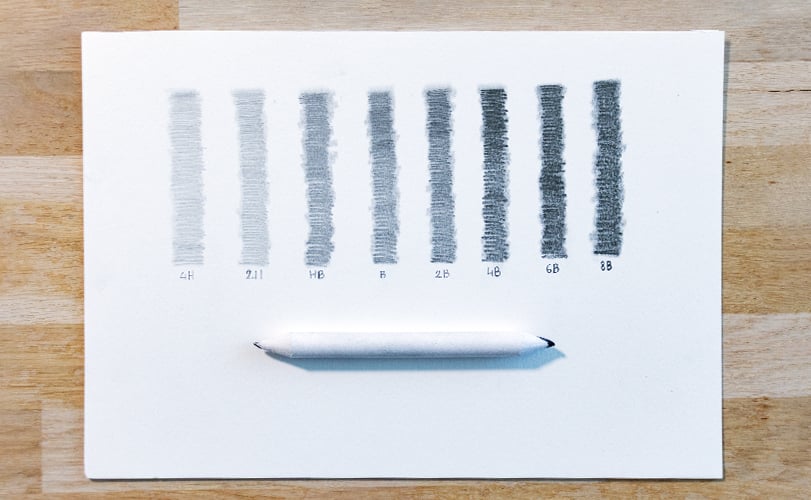
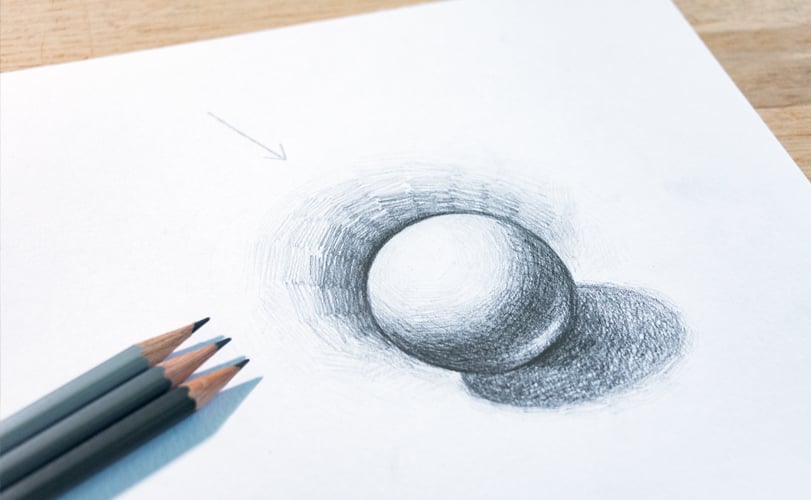


 Deutschland
Deutschland Austria
Austria Belgium
Belgium Etats-Unis
Etats-Unis France
France Italy
Italy Japan
Japan Netherlands
Netherlands United Kingdom
United Kingdom Switzerland
Switzerland